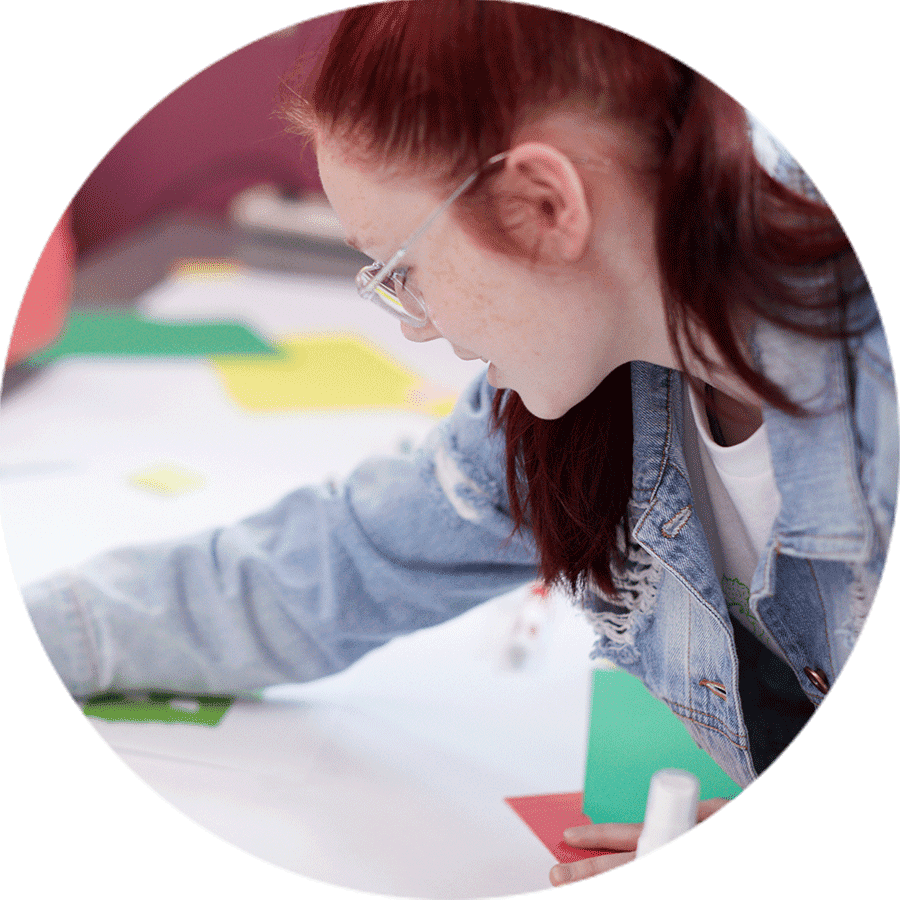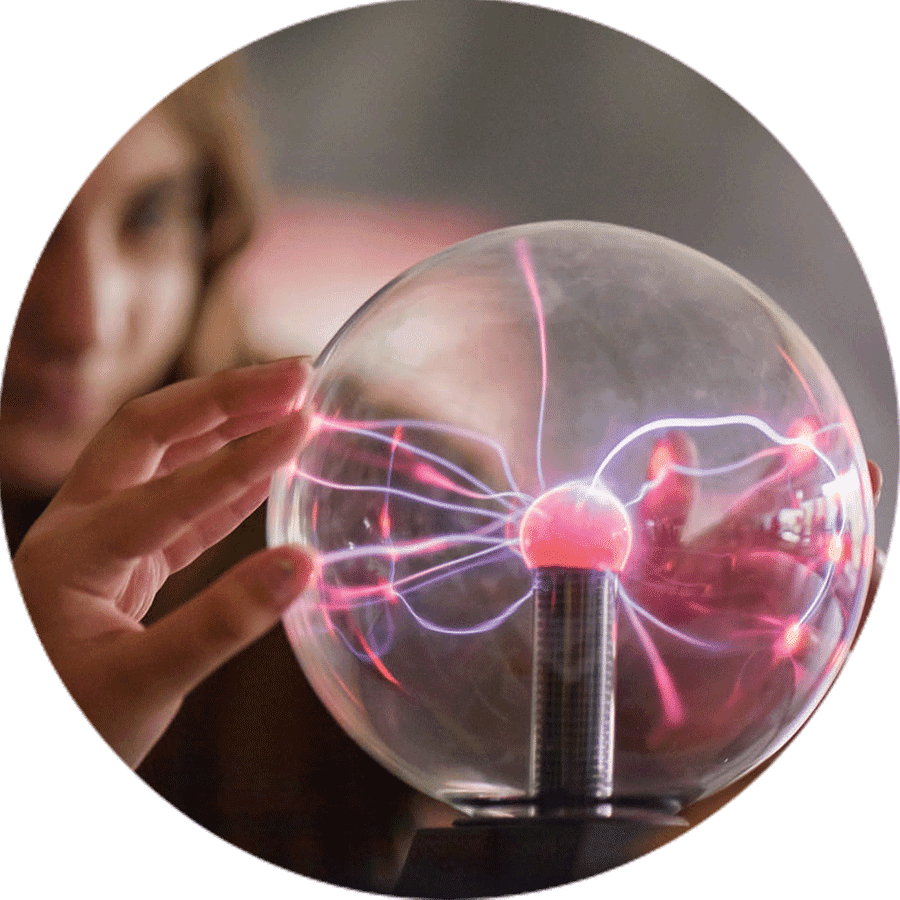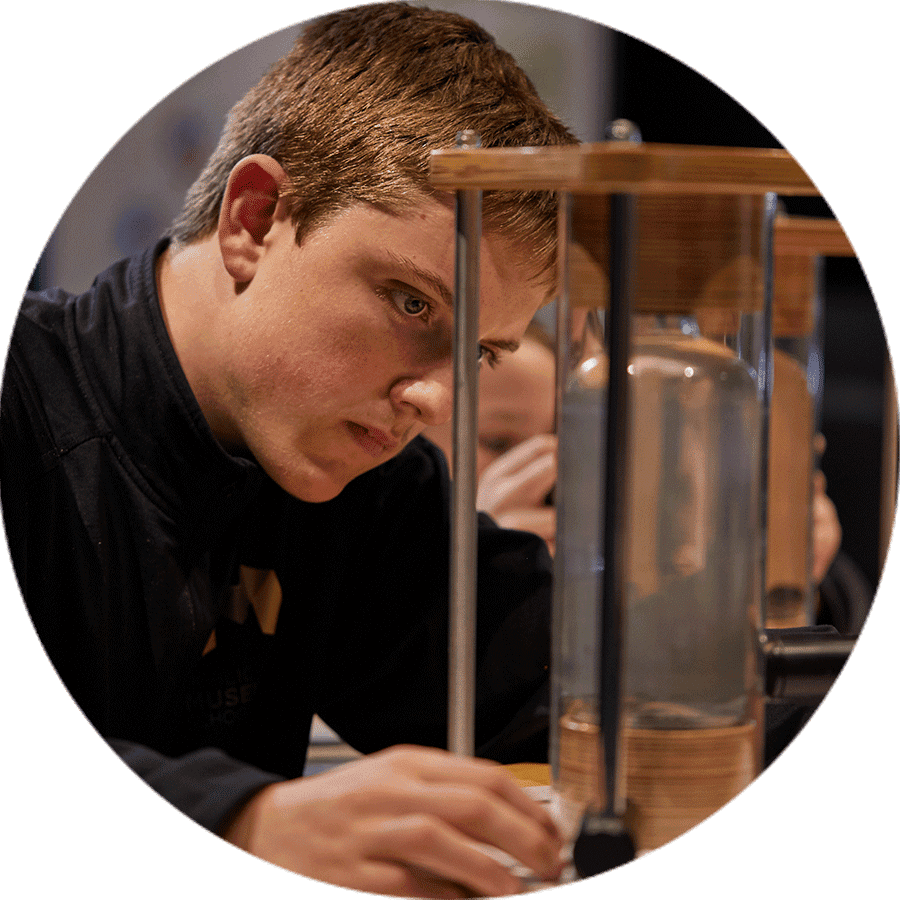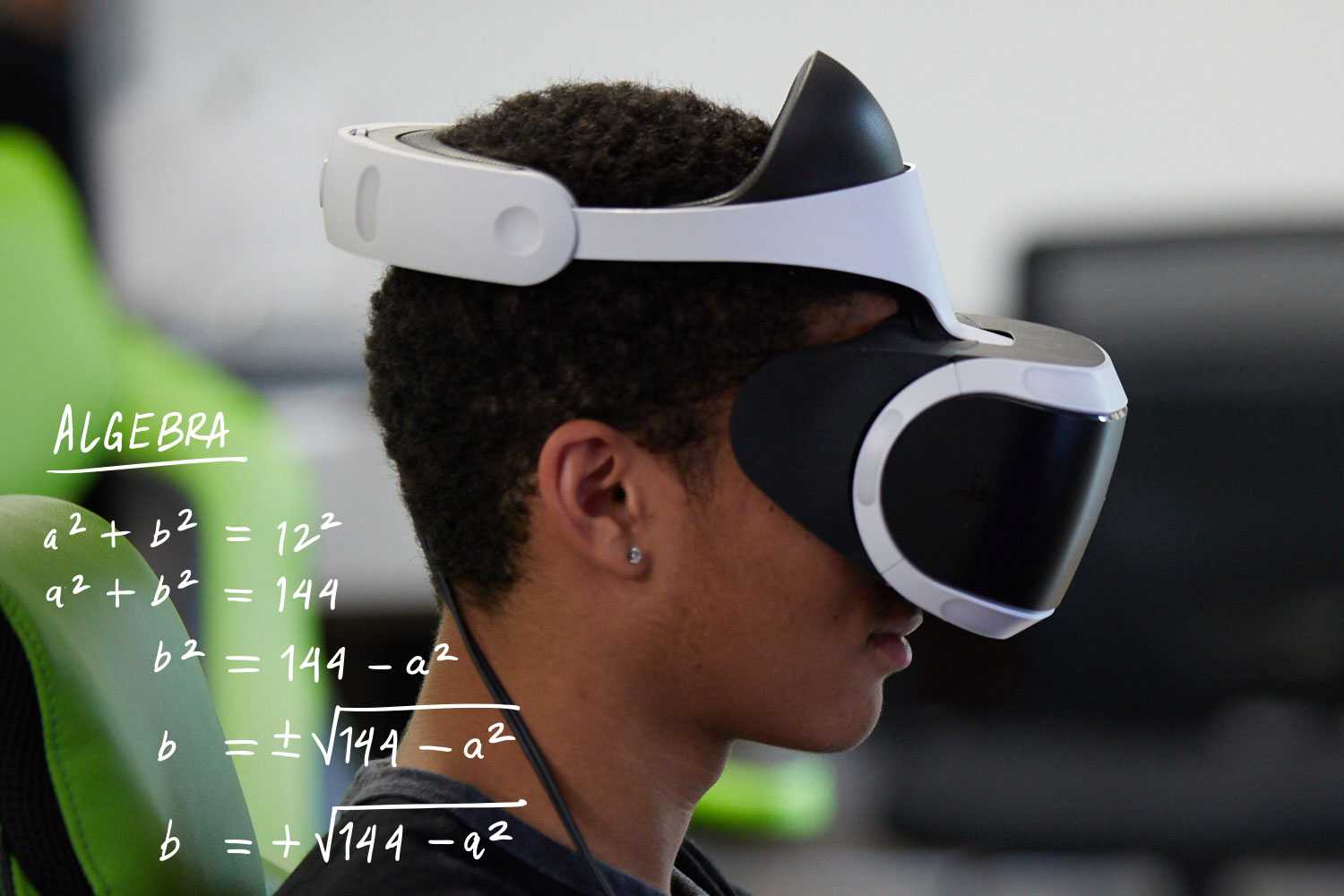2. Inspiring physical spaces transform the way students learn.

Let’s expand our conception of what high school looks like and where learning takes place.
Fact:
According to researchers at the Harvard School of Public Health, “the evidence is unambiguous—the school building influences student health, thinking, and performance.”
Source: Harvard School of Public Health.
Workplaces and how people function within them have been undergoing radical change—and the pandemic has only accelerated those trends. Open offices, virtual meeting rooms, and co-working spaces are just a few innovations of the past 20 years, and we will undoubtedly encounter many more in years to come.
There’s a lot we don’t know, but we do know this: the workplace of the future will be more mobile and virtual and will make use of a much wider range of spaces. Schools can prepare students to navigate these environments by thinking more creatively about their own use of space, whether that means allowing students to spend class time outside the school building or retrofitting existing facilities to foster a different kind of learning.
How can school facilities be designed so students aren’t locked into an outdated paradigm? Many educators are thinking hard about how to utilize existing spaces more flexibly and safely—so how can we also make them more inspiring, collaborative, and student-centered? Can outdoor spaces, corporate campuses, universities, museums, and community centers be part of the learning experience?
Some of the most innovative uses of space connect deeply with a school’s mission or theme. Students at New Harmony High in New Orleans spend at least one day per week outdoors doing “leave to learn” environmental research or community projects that connect with the school’s focus on environmental issues like sustainability and coastal restoration. The design team had initially hoped to locate the school on a barge, and they held onto that inspiration even after the barge turned out to be impractical. At Tiger Ventures in Endicott, New York, the theme is entrepreneurship—so it makes perfect sense that students spend part of each week working with local business startups in the school’s co-located incubator space.
Crosstown High’s location inside the Crosstown Concourse—among 40 businesses, nonprofits, health facilities, civic groups, and more—gives students access to community partners under the same roof. Similarly, Grand Rapids Public Museum School is co-located with the Grand Rapids Public Museum and museum archives, whose collection of 250,000 cultural and historical artifacts is a rich learning resource for students.
Dive Deep
![a student drawing]() Concordia’s Project Gallery
Concordia’s Project GalleryTo get your ideas flowing, check out this gallery from Concordia, a planning and design firm that’s known for its community-centered approach.
Read![hands touching a statics electricity sphere]() The Eminence EDhub
The Eminence EDhubWatch this inspiring story of a rural Kentucky community that came together to build a cutting-edge learning environment for its students.
Watch![a student listening]() New Blueprints for K-12
New Blueprints for K-12Hear from an architect who designs educational spaces that give students more agency in how, when, and where they learn.
Read and Listen![a student working]() Healthy Buildings Project
Healthy Buildings ProjectExplore the latest research-backed tools and recommendations on safe and healthy school facilities, from Harvard’s Schools for Health project.
Read
Analyze
We can learn a lot about the future of school facilities by observing new uses of space in workplaces and other locations where people gather, learn, and work.
Step 1 – Research
Brainstorm a list of inspiring and unconventional work and learning spaces in your community or region. Consider colleges and universities, libraries and museums, coffee shops and co-working spaces, community centers, restaurants and retail locations, and modern studios, offices, or workshops. Talk to local architects and visit their offices. Include spaces where students learn after school or on weekends. Visit as many as you can, and observe how people use these environments in various ways. Make sure students are part of your visits!
Step 2 – Reflect
Share the results with your team and discuss these questions:
- Which ones seem to be places where people work particularly well and productively? Where did you see people working individually, in pairs, in clusters, in larger groups?
- What makes those spaces conducive to work and learning? What makes them inspiring?
- How do those spaces accommodate entrance and egress, social distancing, and other safety considerations?
- Which features might work well in your school and support your vision for teaching and learning? Why?




